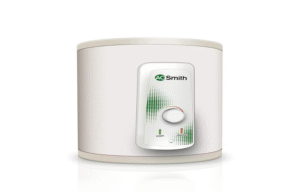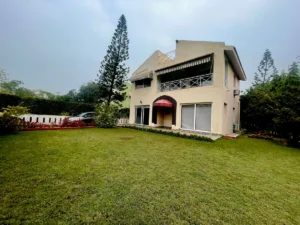
You may be feeling overwhelmed by the quantity of options available to you if you’ve been considering a hydroponic system for your garden. A soil-less growing system, whether commercial or domestic, is referred to as “hydroponics.” These systems aid plant growth by supplying water and nutrients to plants through a non-soil media. The barriers between the plant and its nutrients are removed with hydroponics. This allows the roots to have direct access to the water, oxygen, and nutrients they require to develop and thrive. There is no need for dangerous pesticides or chemicals since there is no soil. Plant disease and exposure to the weather are also less of a concern.
Wick system, Deep-water culture (DWC) and Nutrient film technique (NFT) are the three major hydroponics systems in India.
1. Wick System
The wick system, commonly known as “the training wheels of the hydroponic world,” is the most basic form of hydroponic procedure. This method of cultivation has been used for thousands of years, long before the name “hydroponic” was coined. This is the kind of structure you’ll find in science lessons for children. A wick system transports nutrients and water to the roots of plants using a wick, such as a rope or a piece of felt. The plants are hung in a medium, such as coconut coir or perlite, that allows them to flourish. A reservoir of water and nutritional solution is located beneath the growth tank. One end of the wick is immersed in the solution, while the other is immersed in the growth medium. This enables the wick to transmit water and nutrients at the same pace that the roots of the plants demand them. When the roots are ready to absorb, the nutrients from the wick will be taken in.
2. Deep water culture
For most producers, deep water culture (DWC) is the easiest technique to manage. A DWC is made up of a water and nutrient solution reservoir. Using a net pot and growth material, the plants are hung over the reservoir. The roots themselves are buried in the reservoir, ensuring that they have access to water and nutrients at all times. Plant roots require oxygen to avoid “drowning.” As a result, you’ll need to utilise an air pump with an air stone to continually push bubbles into the reservoir, oxygenating the water and delivering oxygen to the roots. DWC is low-cost to install and maintain.
Maintenance is simple and inexpensive, requiring simply a reservoir, suspension system, and basic air pumps.
3. Nutrition film method (NFT)
The nutrition film method (NFT) coats the roots of the plants with a thin layer of nutrients. To keep the water and nutrient solution oxygenated, a huge reservoir with an air pump and air stone is used (like a DWC system). In contrast to the DWC’s submerged roots, NFT-system plants are grown in a nearby canal (in net pots). Water is pushed through the canal by a timed water pump. Where the roots are not totally immersed, this provides a thin coating of nutrients and water to the plants. The solution returns to the main reservoir at the end of the channel to be reused in the system. NFT is a recirculating system with minimal waste. The film guarantees that your roots are not suffocated.
Your hydroponic farming success on selecting the correct hydroponic system. Consider a wicking system, DWC, or NFT if you want something low-cost and low-maintenance, especially for beginner growers.








